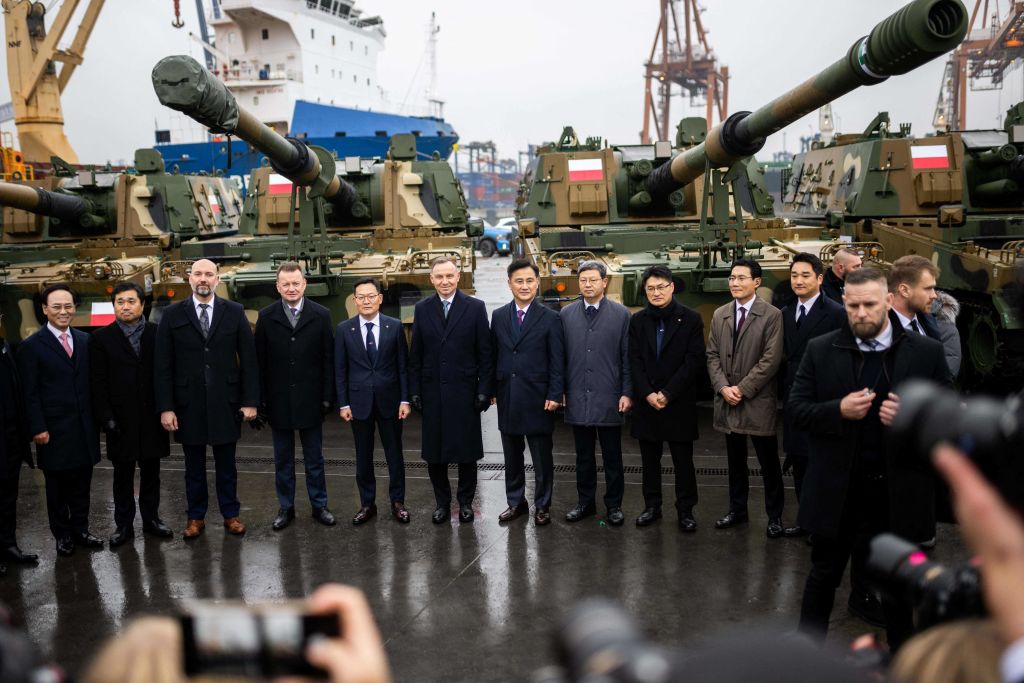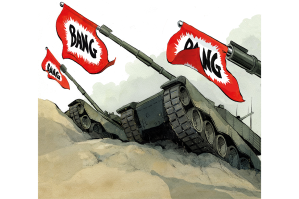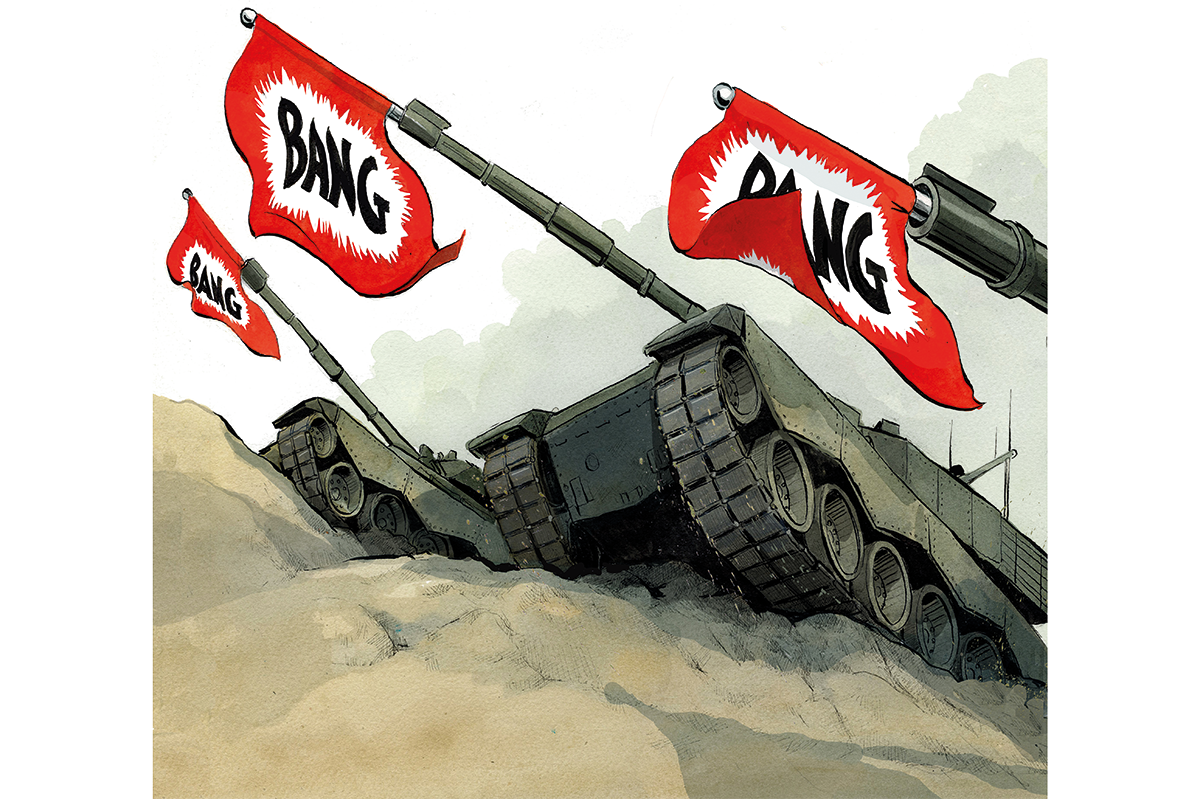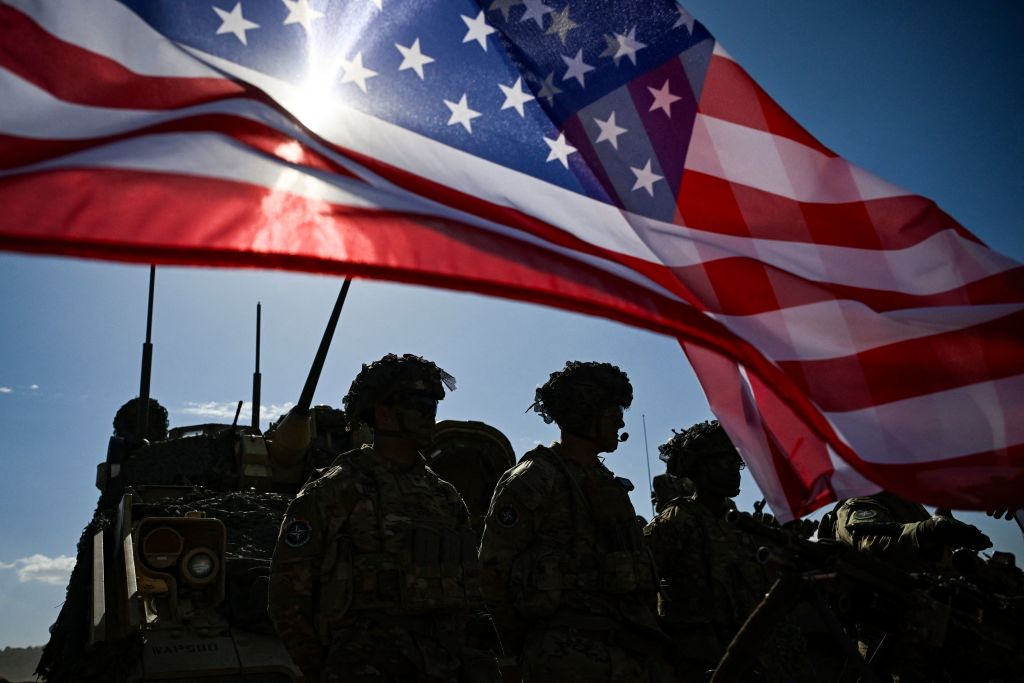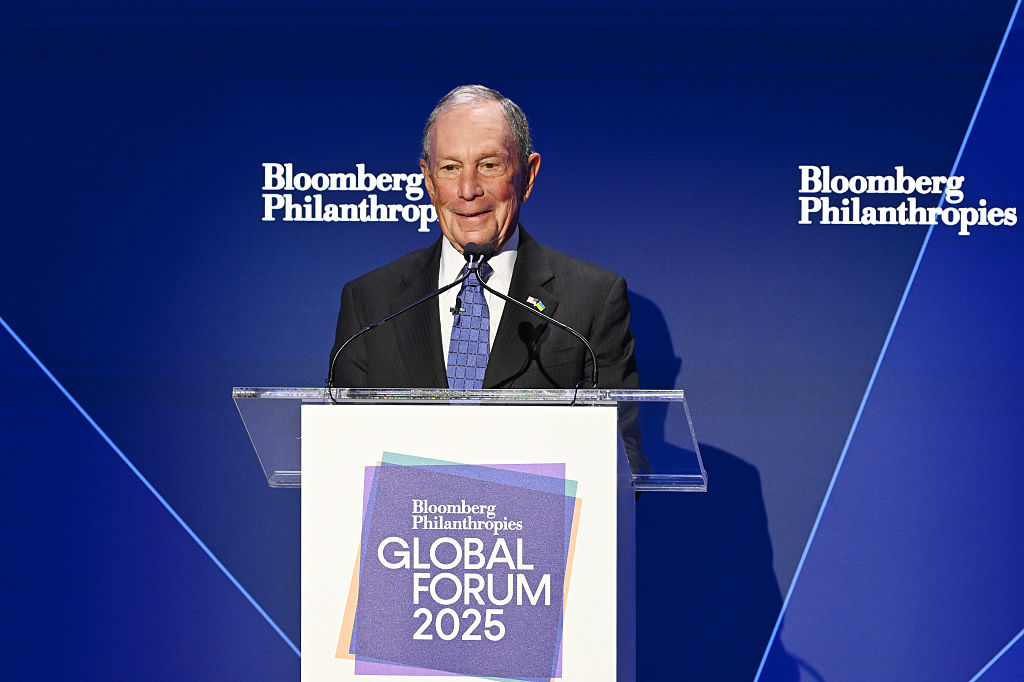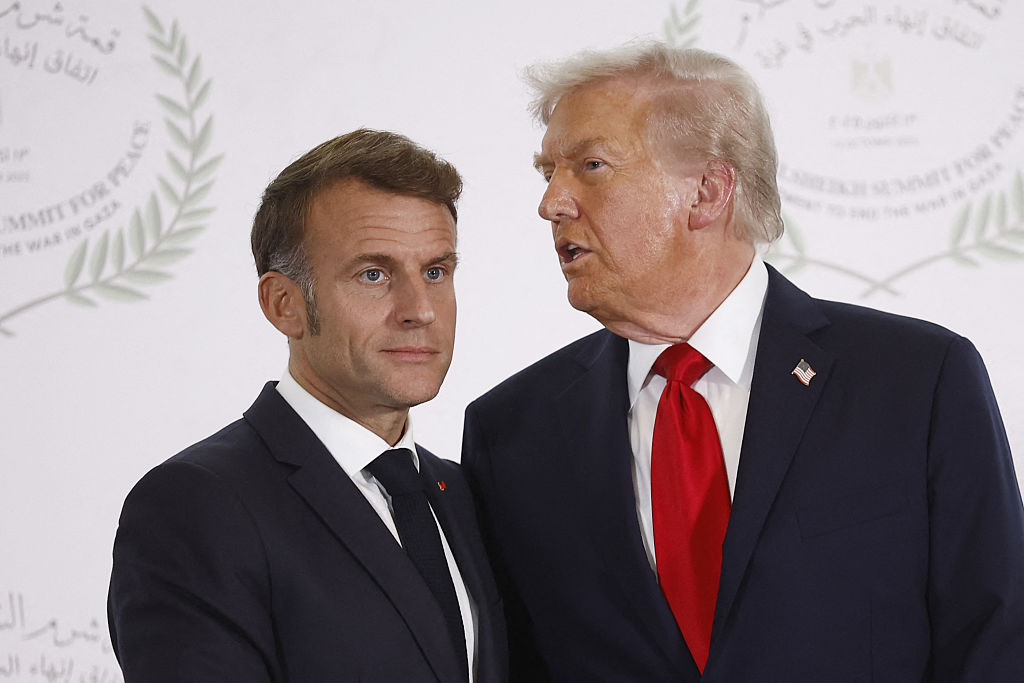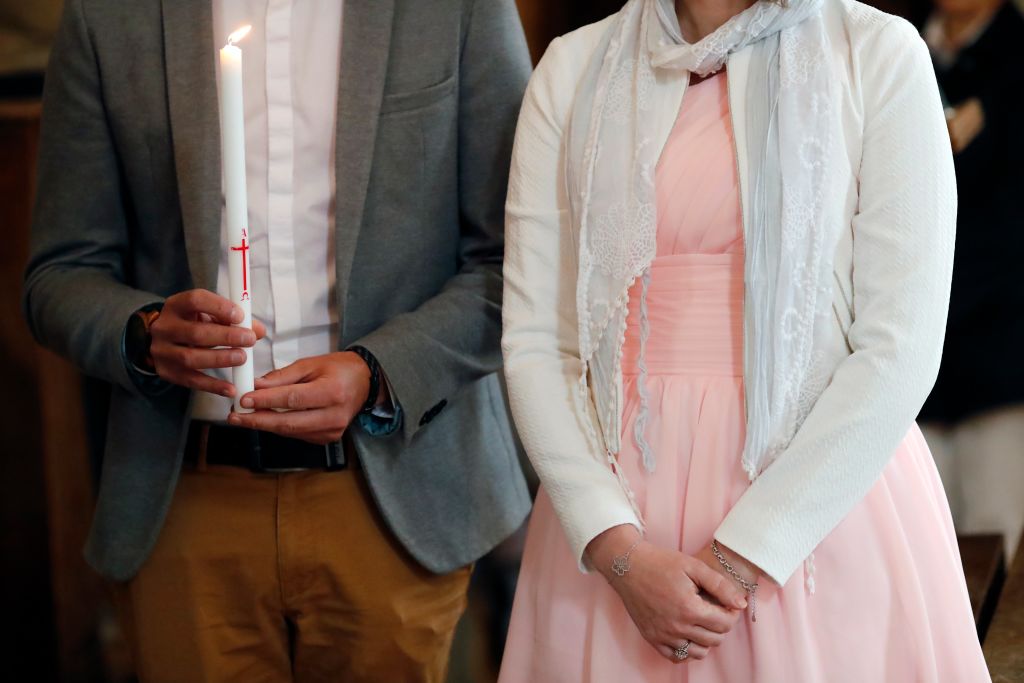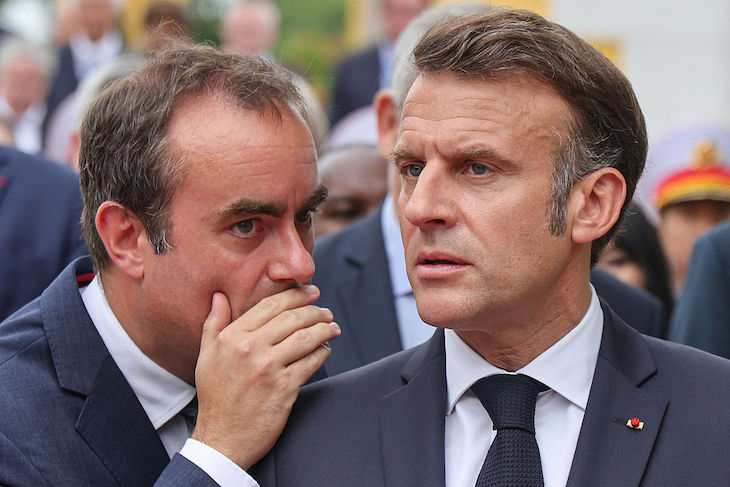As Russia’s war in Ukraine rages into its eleventh month, there is one country that can truly be said to have learned its lesson: Poland. By the mid-2030s, when the majority of its equipment purchases have been delivered, Warsaw will command one of the most modern, well-equipped armies in Europe. It’s not cheap, but Poland is taking decisive action to be able to face the threats of tomorrow.
Poland’s $20.5 billion 2023 defense budget is a huge increase over the previous year, and is over 3 percent of gross domestic product (well above the NATO-suggested 2 percent). Aside from equipment, this money will be used to help expand the manpower that Poland can bring to bear, upping its active-duty forces from 140,000 to 300,000 troops. For a country of about 38 million, this is a significant fighting force.
On the equipment front, 2022 was something of a military renaissance for Poland, seeing Warsaw pursue billions of dollars worth of new advanced weapons. While the US was a major sender, a large share of the equipment was also sourced from South Korea, whose arms industry does not have the backlogs that America’s does. That, however, is not a bad thing: Seoul’s weapons are just as advanced as those offered by Washington.
In July, Poland said that it would buy 1,000 K2 Black Panther main battle tanks and 672 K9 self-propelled howitzers (SPH). In August, Poland and South Korea finalized a contract worth $5.76 billion for 180 K2s and 212 K9s, with deliveries to be finished in a few years. Some have already reached Polish soil.
Tanks are not just coming from Seoul, though. In two separate deals, the Poles purchased 250 of America’s most advanced Abrams variant, the M1A2 SEPv3, and 116 of the older M1A1 variant, worth $4.75 billion and $1.4 billion respectively. This alone would more than double the number of modern Western tanks in Polish inventory. Add 1,000 K2s and Poland’s tank fleet will be virtually unmatched on the Continent.
But if there’s one weapon system the Russian invasion has proven is key on the modern battlefield, it is long-range rocket systems. Poland plans to purchase 288 K239 Chunmoo multiple launch rocket systems (MLRS) from South Korea, which are comparable to the HIMARS of Ukraine fame. But the Poles want the HIMARS too, with Warsaw set to have 220 once all are delivered. To put these numbers in perspective, the US had around 400 HIMARS in 2022 (though it will be raising that by 500 soon enough).
Poland’s helicopter fleet, which is still dominated by Soviet-era equipment, is also getting major upgrades. In July, Warsaw purchased 32 new AW149 choppers from Italy for $1.83 billion, which is more or less comparable to the American Blackhawk helicopter. The game-changing purchase, however, was the September decision to purchase 96 Apache attack helicopters from the United States. The capabilities of the Apache are well-documented, having seen massive success against Iraq in 1991 and in its numerous deployments since. A force of 96 will mean Poland will have the largest attack helicopter fleet in NATO after the United States and Turkey.
Finally — and this still only scratches the surface — Warsaw is procuring a brand-new short-range air defense system of the kind that has proven invaluable in defending Ukrainian airspace. The new acquisition will consist of 23 systems, and will allow the Poles to ditch more of their Soviet-era air defense. Defending critical infrastructure and military sites is much harder in the age of drones, so this purchase would pay dividends in any conflict.
There is so much more Poland is doing, from modernizing its army’s service rifles to purchasing F-35s and South Korean jets. But the point is clear: Poland is willing to act on threats to its security in a way very uncharacteristic for European nations post-1991. This is not to discredit the huge strides countries like Germany have made since the Russian invasion, but the Germans have yet to undertake the scale of action that Poland has.
In the coming decades, assuming Poland stays the course and remains stable economically, Warsaw will be able to play a much larger role in NATO than its size would indicate. The security implications for Europe are immense, not least because Poland will be able to act as a firewall against any Russian attack (importantly, Poland borders Russia’s militarized Kaliningrad Oblast). Warsaw’s tank fleet is particularly notable, because such a force would be necessary to break through the Suwalki Gap and reach the Baltic States if Russia ever attacked NATO.
Poland’s military strength will offer Eastern Europe a bit of relief. Nations at the alliance’s flank have long been worried about NATO’s ability to defend them effectively. Warsaw has been an assertive player in the East, particularly in supporting Ukraine, and the other countries in the region — particularly the Baltics — will be able to find some solace in the fact that a stalwart nation like Poland has the capacity and the willingness to stand up to Russia.
Warsaw’s military buildup is an unquestionably expensive endeavor, but it is also a necessary one. And it is certainly less costly than if deterrence were to fail.



